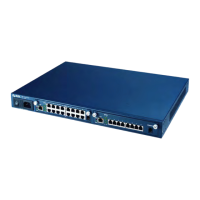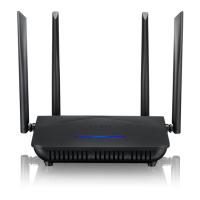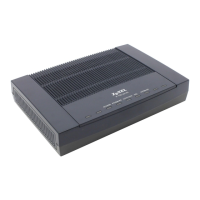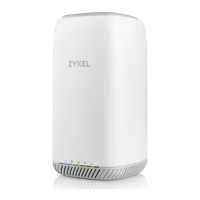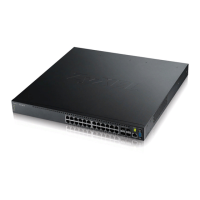IES-2000/3000 User’s Guide
IP Commands 13-1
Chapter 13
IP
Commands
This chapter shows you how to configure the IP (Internet Protocol) parameters. The IP host
implementation in the line cards allows you to manage them over the network.
More often than not, you have more than one ALC1024 or SLC1024 for a particular installation. Before you start
configuring the line cards, make sure that you
1. Plan ahead.
2. Have a complete diagram showing the whole network.
3. Record the IP parameters assigned to the equipment in your network.
13.1 Setting the IP Address
To set the IP address, default gateway and the subnet mask of the Ethernet port of a line card, use the following
command sequence.
1.
192.168.1.1> ip
2.
192.168.1.1 ip> enable ether <new ip address>
3.
<new ip address> ip> route delete default
4.
<new ip address> ip> route add default 0.0.0.0 <default gateway>
00:00:00:00
5.
<new ip address> ip> config save
where
<new ip address> =
The IP address you want to configure for the line card.
<default gateway> =
The default gateway IP address of the line card.
Line 1 brings you to the IP subsystem.
Line 2 allows you to add a new IP address for the line card. The IP address of the line card is displayed in the
command prompt. The system automatically computes the subnet mask when the system is restarted. If you want
to specify a subnet manually, add the following two commands before line 3:
192.168.1.1 ip> subnet delete ether.home
192.168.1.1 ip> subnet add ether.home ether <subnet address> <subnet mask>
where <subnet mask> is the subnet mask in hexadecimal, for example “ff:ff:ff:00”.
Line 3 deletes the existing default route.
Line 4 adds the new default route. The default route tells the system where the gateway (next hop) is when the line
card sends packets to a destination that is not on the same subnet as the line card.
Line 5 saves the new configuration to the nonvolatile memory.

